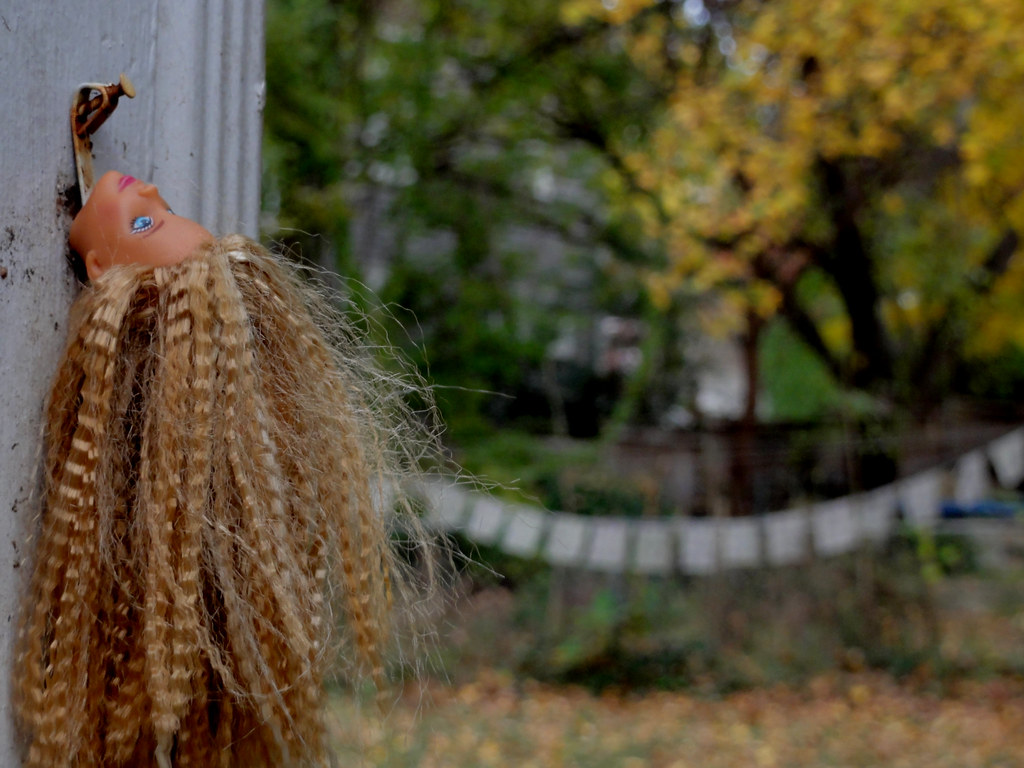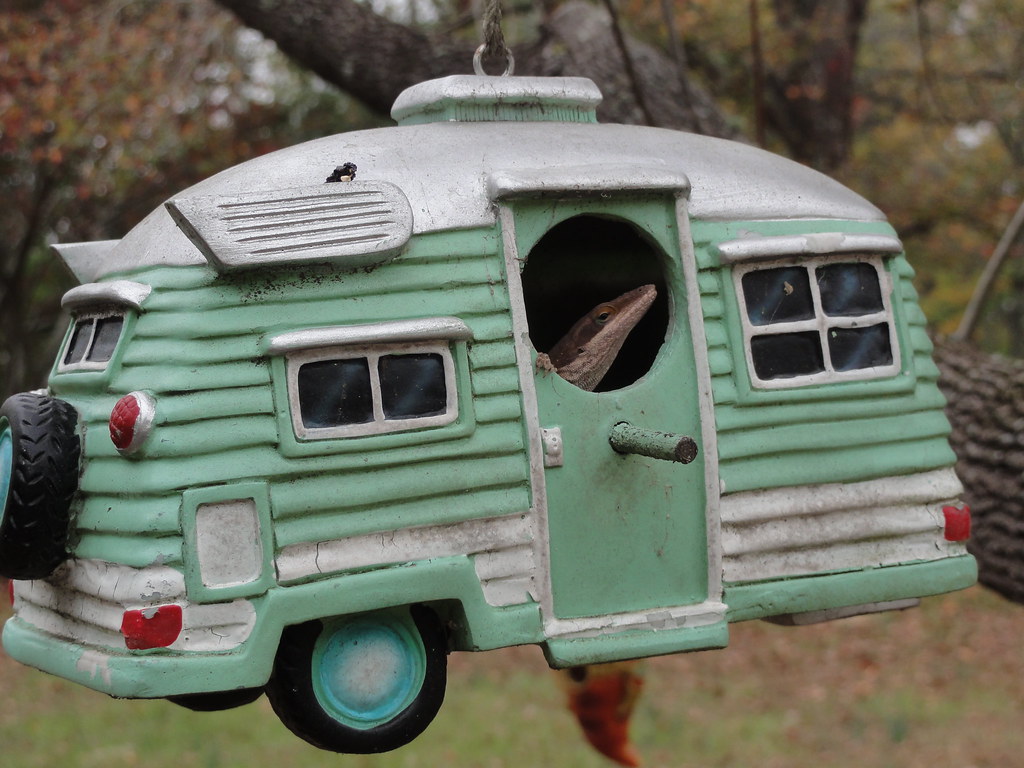Marie Kondo is a witch. The Life-Changing Magic of Tidying Up is truly that--magic(k). I read both her books in the beginning of the year (though I'm barely able to finish reading anything these days). I get Marie Kondo. She speaks to me, and I find I am often disappointed with the way people talk about Konmari. People, in the fashion of people, tend to focus on the practical and ignore (or openly disparage) the woo woo. People pretend this method has only to do with the tidying, when Marie Kondo herself describes it as "magic." Like she recommends, I really do say thank you to my dirty socks (and to my spoon after stirring honey into my tea, and to my computer after I type clumsily on it, and to my car after she settles safely into my drive way at the end of the day once more), and my relationship with all these things (all the things) is better because of it.
I love that Marie Kondo's methods are based in animism. She says that each object in our life has a desire to be utilized and, therefore, loved by us. Each object in our life desires to serve us. Okay, so maybe you're reading this and thinking to yourself, "my toothbrush is inanimate and this whole 'desires to serve me' thing is bogus." Fair enough. But. It does serve you, doesn't it? And therefore, isn't its purpose in being created to serve you? How far did that thing travel, through how many hands, across how many oceans and state lines, just to sit on your bathroom counter waiting to be held between your fingers and clean your teeth, an intimate job, twice daily. When we sit down to meals as a family, I paraphrase Thich Nhat Hanh aloud for my husband and child, "In this plate of food I see the Universe supports my existence." I believe the same about my copper tongue scraper, the mason jars I drink water from and store leftovers in, that little stool that sits beside my reading chair painted black and white with the pink wooden utters hanging underneath it. These things are manifestations of the Universe supporting me, healing me, quenching my thirst, making me laugh.
I don't think I'd even finished Life Changing Magic... when I cleaned out my wardrobe. In my years of thrifting and working at my beloved little second-hand store, I'd accumulated quite a lot of clothing. I defended my overstuffed drawers and racks by telling my husband (and myself) that I was a collector. And yet, after throwing myself into a new job where I am frequently hucking forty-pound bags of cat litter and down on all fours wrangling dogs into harnesses, my daily wear became much more stream-lined, much more practical. The Type 4 of me puts up such a fight against practicality, but you're hard-pressed to find me wearing a dress these days, even on my days off work. So, I cleaned out my closet. I thought this would be the hardest part, but actually the process moved along swiftly once I got going. In the end, I culled my wardrobe by 50%. And though I still step into thrift stores about once a month, it is only once a month, and I am so much more discerning when I go. Often, I walk out with not a thing in my hands.
Like the wardrobe, I also had no problem cleaning out my old writing suitcase. In a tacky decorative suitcase, I had saved every single piece of writing I'd ever worked on--finished and unfinished--since high school. I thought I'd return to those pieces one day, edit them, spiff them up, or take bits and pieces of them to form something else--single lines, descriptions, pieces of dialogue. Instead, it went untouched in a corner of my room, and I actually fretted over the thought of dying and my husband and family sifting through all that nonsense. I chucked all but a couple pages--literally: two pages. Then, I donated the suit case.
Household objects--tchotchkes, mugs, wall hangings--have been the most difficult for me to sift through. I've been inspired by maximalist decorating my entire life. My grandmother keeps a proper Witchy Cottage, stuffed to the brim with books, plants, fish bowls, gargoyles, dolls, all the instruments Dumbledore kept in his office (I think my grandma inherited them after Dumbledore died), framed photos, unframed photos sticking out of the pages of books and tucked into the corners of mirrors, mirrors, ornate boxes and cabinets with tiny little drawers (all occupied), musical instruments, glass bottles in rainbow hues, specimen vials, rubber novelty bats hanging in the hall closet, faux butterflies and spiders and lizards and caterpillars and slugs pinned and glued to the walls and windows. I could go on. I love her house, every corner a surprise. I love her pink polka-dotted toaster and turquoise coffee maker. I love that the rainbow elephant I colored in kindergarten, the one the other kids made fun of me for, is still taped up in her kitchen.
For a long time, I thought my house would look like this, but I didn't find my version of it as charming. Nor did my husband. I've gone through several declutterings--moving five years ago was one, then cleaning out the storage shed a year after moving--but we were still surrounded by an increasing amount of clutter. We have lived with so many things in corners gathering dust! The past couple years, the impermanence of our current living situation has been nagging at me and the amount of things I've accumulated in my adult life weighing me down. At the start of this year, I was ready to toss every single thing into garbage bags and start over, completely, radical minimalist style.
But, I know me. I know I am sentimental and animistic and place high value on objects. I know that if I were to get rid of everything without discernment, I would regret it later. Enter Marie Kondo and her ritualized tidying.
I am a seeker and collector of joy. I have already trained my mind and spirit to recognize moments of pure joy as I encounter them in my life--fleeting, small, winged things that are difficult to butterfly net. I have studied and practiced the art and sport of recognizing joy, savoring it, scribbling it down so I can return to it later. I know what joy feels like in the heart. I know what joy feels like in the body. I know what Marie Kondo means when she instructs to hold a garment in your hands and wait for your body's cues. Honestly, while reading her book, I couldn't help thinking her philosophy so easy and obvious, I should have already thought of it.
So, it should be done, right? Six months after reading her books and beginning my own Konmari, I should be sittingsmug enlightened on the other side. Spoiler: I am not.
Watch this space for Pt. 2, Lessons Learned & Stumbled Over.
But, I know me. I know I am sentimental and animistic and place high value on objects. I know that if I were to get rid of everything without discernment, I would regret it later. Enter Marie Kondo and her ritualized tidying.
I am a seeker and collector of joy. I have already trained my mind and spirit to recognize moments of pure joy as I encounter them in my life--fleeting, small, winged things that are difficult to butterfly net. I have studied and practiced the art and sport of recognizing joy, savoring it, scribbling it down so I can return to it later. I know what joy feels like in the heart. I know what joy feels like in the body. I know what Marie Kondo means when she instructs to hold a garment in your hands and wait for your body's cues. Honestly, while reading her book, I couldn't help thinking her philosophy so easy and obvious, I should have already thought of it.
So, it should be done, right? Six months after reading her books and beginning my own Konmari, I should be sitting
Watch this space for Pt. 2, Lessons Learned & Stumbled Over.


It's so nice to see you posting again! Is there any other place we can connect to you?
ReplyDeleteI would love to see your grandma's house...it sounds EPIC.